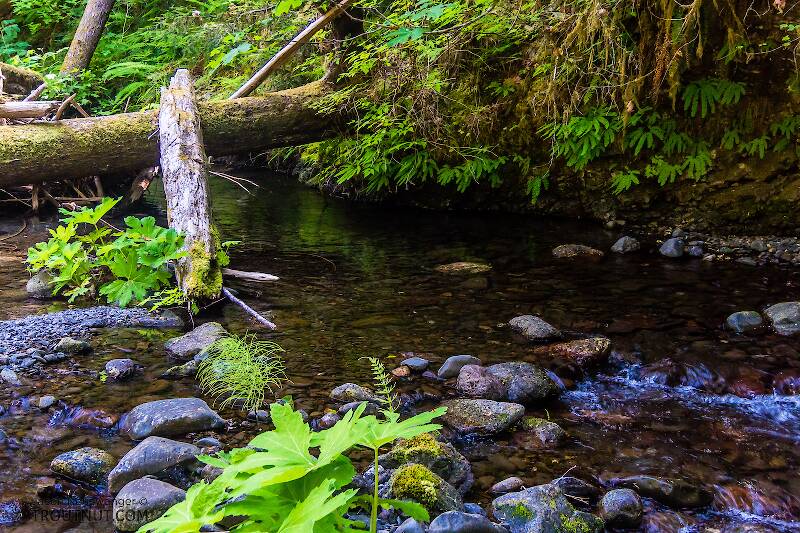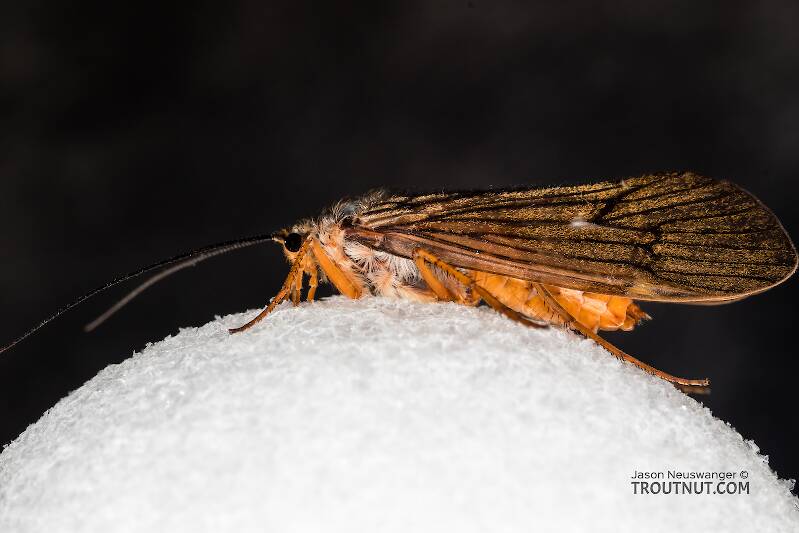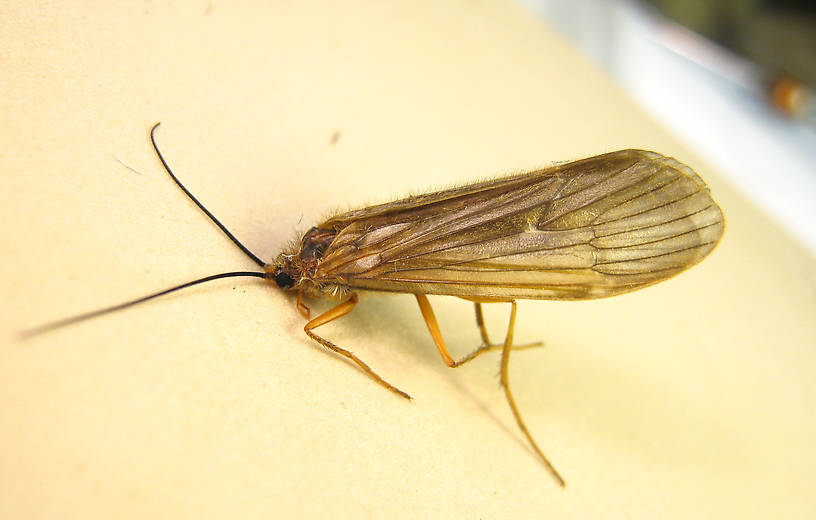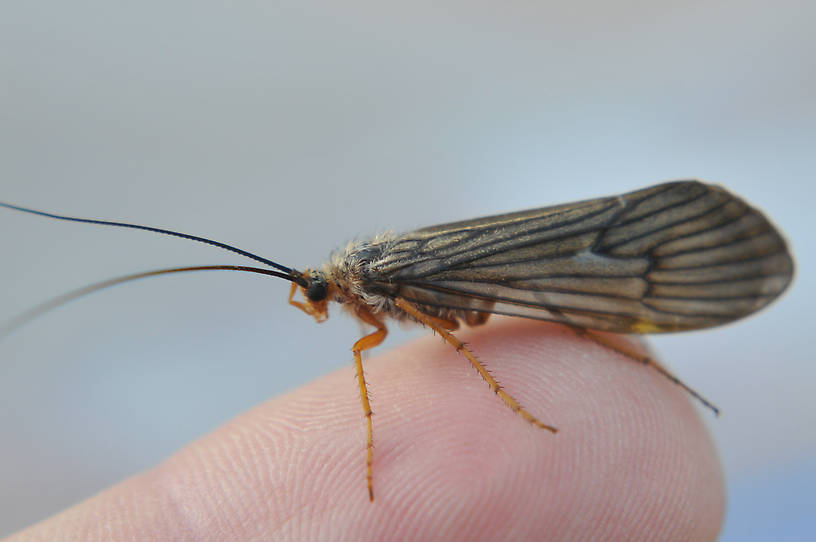
Hex Mayflies
Hexagenia limbata
The famous nocturnal Hex hatch of the Midwest (and a few other lucky locations) stirs to the surface mythically large brown trout that only touch streamers for the rest of the year.
Featured on the forum

This specimen keys to the Epeorus albertae group of species. Of the five species in that group, the two known in Washington state are Epeorus albertae and Epeorus dulciana. Of the two, albertae has been collected in vastly more locations in Washington than dulciana, suggesting it is far more common. On that basis alone I'm tentatively putting this nymph in albertae, with the large caveat that there's no real information to rule out dulciana.

Troutnut is a project started in 2003 by salmonid ecologist Jason "Troutnut" Neuswanger to help anglers and
fly tyers unabashedly embrace the entomological side of the sport. Learn more about Troutnut or
support the project for an enhanced experience here.
This topic is about the Caddisfly Genus Dicosmoecus
This is a superhatch in the West. Gary LaFontaine had a self-proclaimed obsession with Dicosmoecus, and he devotes several pages of Caddisflies to stressing the importance of its larvae, pupae, and adults. He wrote:The question for fly fishermen seeking big trout is: "Which insects provide the best opportunity for catching such fish?" My list would be: Giant Orange Sedge (Dicosmoecus sp.), Salmon Fly (Pteronarcys californica, a stonefly), and the Michigan Mayfly (Hexagenia limbata). Dicosmoecus is the most important -- and the contest is not even close.
His reasons for this judgement are five traits of Dicosmoecus:
- Very large size: Adults 30mm long, and thick.
- Activity concentrated within 2-3 weeks.
- Emerges in the low, clear water of fall.
- Active during afternoon and evening.
- Abundant in rivers with sea-run trout.
Personally I have only caught a good Dicosmoecus hatch one time, and on a secret desert spring creek. It reminded me of fishing Isonychia mayfly hatches back east, because there weren't enough bugs around to have trout rising consistently, but the presence of a particularly good food source in low numbers for a long time had them on the lookout for imitations. I had big trout cartwheeling out of the water to smash actively-fished imitations.
Example specimens
Amosg
Posts: 5
Posts: 5
Amosg on Oct 6, 2011October 6th, 2011, 7:27 am EDT
In Alberta they exist in very small numbers but are not important to fishermen--Amos




